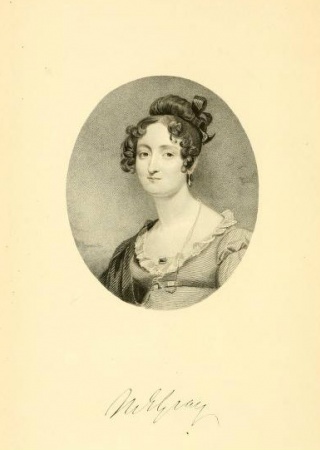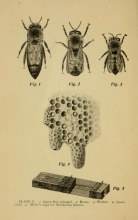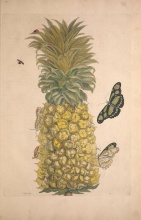About
- … the Biodiversity Heritage Library (BHL) provides access to tens of thousands of titles with a combined page count of over 45 million?
- … the Smithsonian Libraries hold more than 2 million volumes, over 36,000 of which have been digitized?
- … the Smithsonian Women's Committee (SWC) solicits, researches, and awards grants to Smithsonian projects that bring knowledge, adventure, and discovery to the world?
- … in addition to heritage material, the BHL also offers access to several modern volumes?
- … the SWC's funding comes primarily from two yearly events: Smithsonian Craft Show and Craft2Wear?
For further reading on any of the people and subjects featured on the site, please consider consulting the Early Women In Science collection in the Biodiversity Heritage Library (available December 15), as well as the list of resources consulted in the creation of this exhibition, which is included on the BHL wiki.
Summary
This exhibit highlights some extraordinary women in science, who began their work prior to 1922. These women were often self-taught, or achieved degrees from prestigious institutions. Not only did they excel at different types of science, but often they were talented illustrators for their scientific fields, as well, and some were even fiction novelists or engaged in other activities. In several instances, these women supported their equally, or more, famous husbands by contributing scientific research and/or illustrations--and were often not credited for their hard work and contributions. There are many examples of how forward-thinking these women often were, urging us to protect forests, pollinating insects, and other species of animals and plants, warning that deforestation, the heavy use of pesticides, and the killing of certain plants and animals would lead to dire circumstances--some of which we face today. These women are trailblazers in their own right, and many of them were quick to help other women scientists succeed. Yet, many times, each had to fight for a job in their chosen field because science was not considered "proper" for women during this time period. Enjoy learning about these women scientists, who persisted and succeeded in the sciences, some of whom were lauded by some of the most famous scientists, not to mention their own male colleagues, within their lifetimes.
This exhibition was made possible thanks in large part to a Smithsonian Women’s Committee grant.




